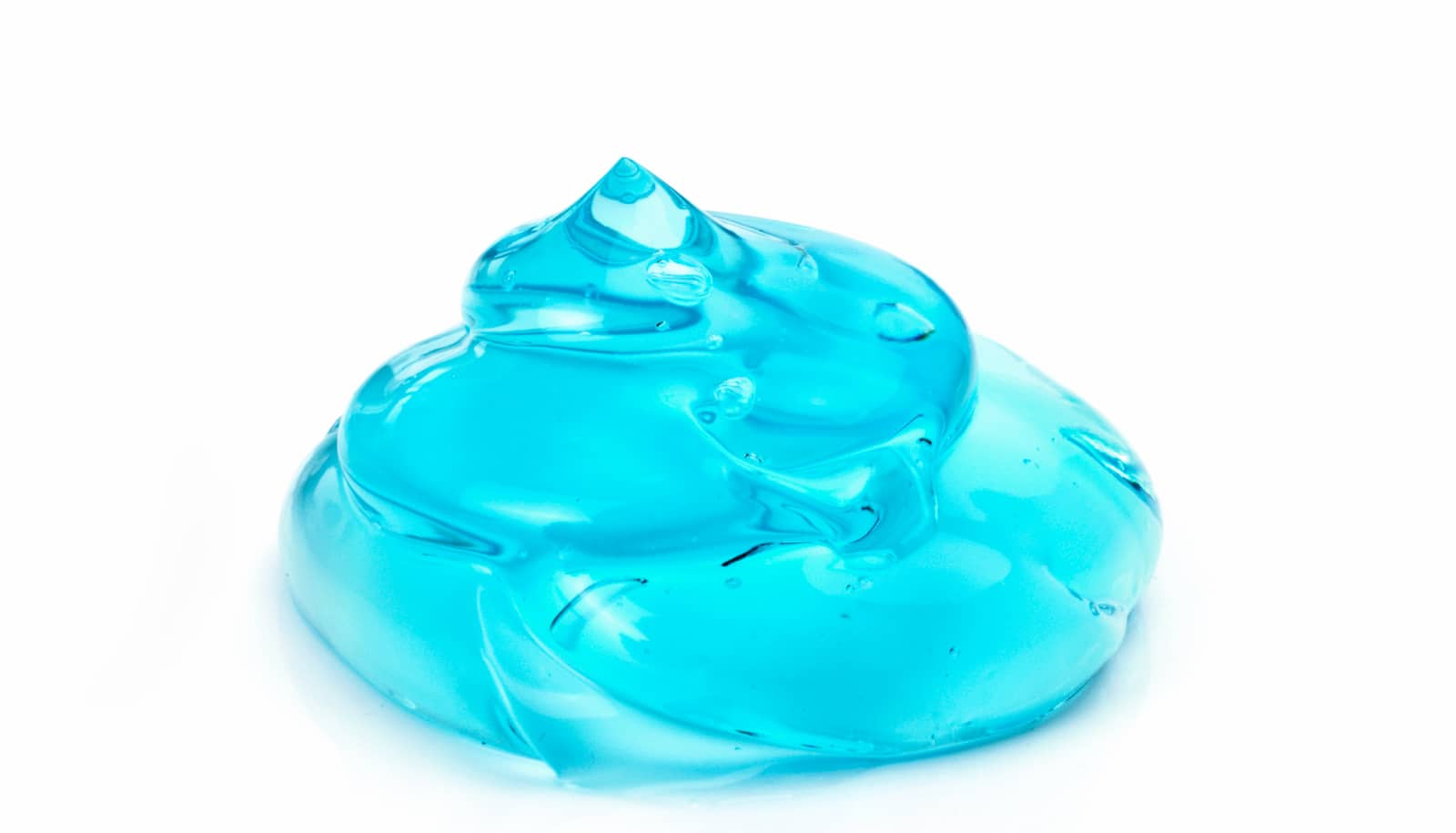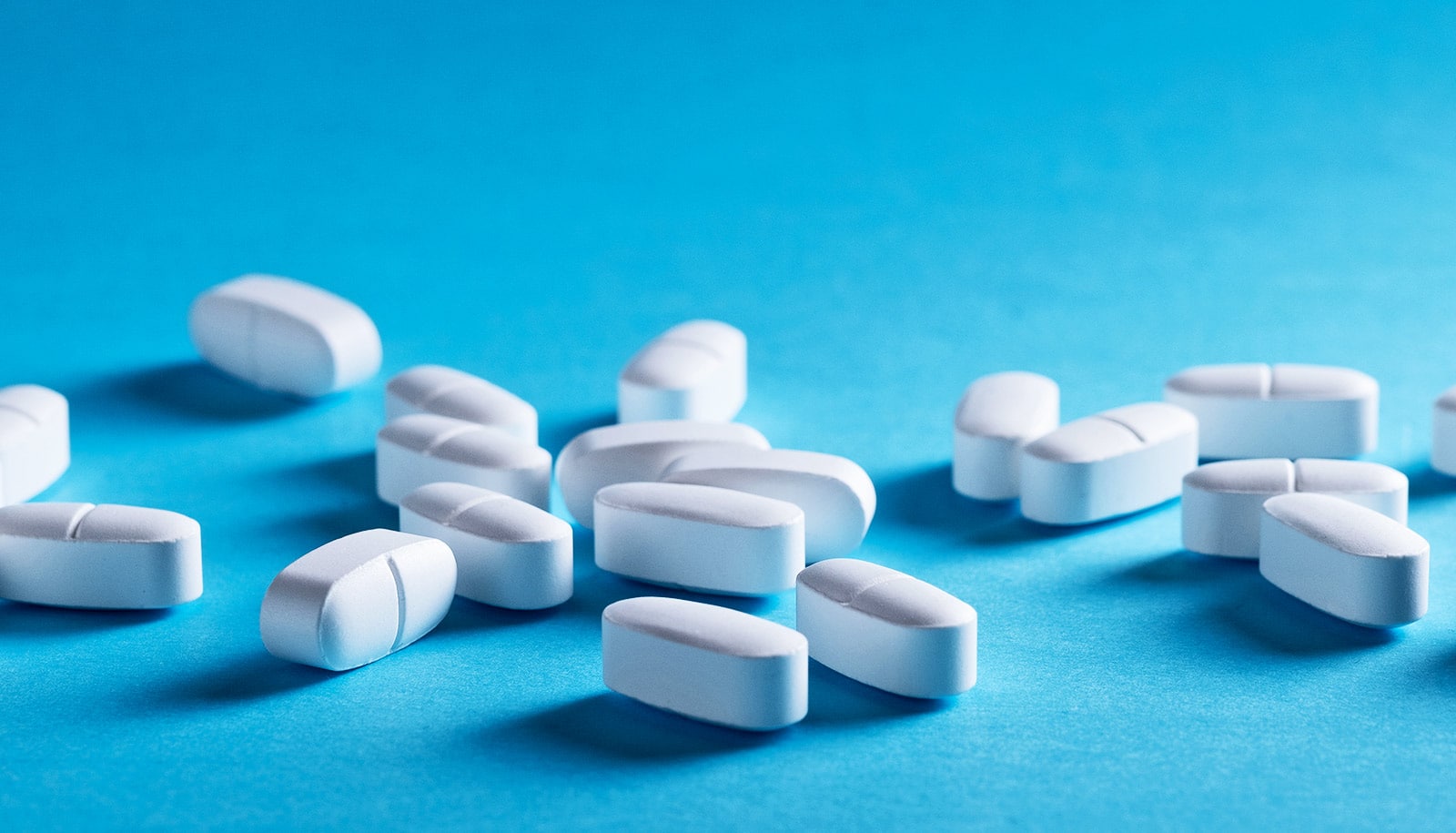A topical gel made from a common type of blood pressure pill may offer a way to speed up healing of chronic skin wounds.
The findings in a study with mice and pigs may lead to use of the gel on treatment-resistant skin wounds among diabetics and others, particularly older adults.
“The FDA has not issued any new drug approval for wound healing in the past 10 years,” says Peter Abadir, associate professor of medicine at Johns Hopkins University and first author of the paper in the Journal of Investigative Dermatology.
“Using medicines that have been available for more than two decades, we think we have shown that this class of medicines holds great promise in effectively healing chronic wounds that are prevalent in diabetic and aged patients.”
Chronic wounds, defined as skin injuries that fail to heal in a timely manner and increase the risk of infection and tissue breakdown, accounted for more than 100 million visits to US hospitals in 2008, Abadir says.
In recent years, scientists have been studying the skin’s renin-angiotensin system, which is involved in inflammatory response, collagen deposition, and signaling necessary for healing of skin wounds. Studies show that the RAS is abnormal in diabetic and older adults.
Closing the wounds
Researchers experimented with gel formulations of angiotensin II receptor antagonists, or blockers, a class of drugs prescribed to treat high blood pressure that includes losartan and valsartan. The drugs block the RAS and increase wound blood flow, and the goal was to apply the gels directly to wounds to promote faster healing.
Working with mice, Abadir and colleagues showed that a valsartan gel was more effective in accelerating wound healing than losartan. Overall, a formulation with 1 percent valsartan had the greatest impact on total wound closure. Half of all mice that received 1 percent valsartan achieved complete wound healing, compared with only 10 percent of the mice given a placebo.
The researchers then tested 1 percent valsartan gel’s effects on wounds in aged diabetic pigs. Compared to mouse skin, pig skin is more similar to human skin.
Compared with a placebo group, pig wounds that received 1 percent valsartan healed much more quickly. All wounds were closed by day 50; no placebo-treated wounds were, the researchers say.
Blood tests suggest that the drug in gel form and applied to the skin acts locally on the tissues where it’s absorbed, rather than spreading into the bloodstream and potentially affecting the entire body. That’s important to avoid side effects, researchers say.
The scientists also wanted to determine not just the speed but also the quality of 1 percent valsartan’s biological effects on wound repair. They examined collagen content and tensile strength in the pigs’ skin. Pigs treated with valsartan had a thicker epidermal layer (the outermost layer of the skin) and dermal collagen layer, as well as a more organized collagen fiber arrangement. All those findings indicate 1 percent valsartan application leads to stronger healing skin, Abadir says.
“Our strategy for specifically targeting the biology that underlies chronic wounds in diabetics and older adults differs greatly from other approaches to wound care thus far,” says senior author Jeremy Walston, a professor of medicine. “The topical gel likely enables a cascade of positive biological effects that facilitates and accelerates chronic wound healing.”
Wrinkles, too?
Scientists plan to begin testing in humans and hope the gel medication will become “available for public use in a few years, if further research bears out our results,” Watson says. The team believes the medication may one day treat scars, wrinkles, and other skin problems.
How cells start the process of healing wounds
Twenty-nine million Americans have diabetes and 1.7 million are diagnosed each year. About 900,000 will develop diabetic foot ulcers annually. With an aging population and incidence of diabetes increasing rapidly across the globe, Abadir estimates the total number of diabetic foot ulcers to be more than 20 million a year, with an estimated cost of $25 billion annually in the United States alone.
Other authors of the study are from Johns Hopkins and Vanderbilt University. The National Institutes of Health, a Nathan Shock in Aging Scholarship Award, the Wound Healing Society Foundation, and a Maryland Technology Development Grant funded the work.
Abadir, Walston, and a colleague have filed an international patent application involving wound-healing topical RAS blocker treatment. After this study, the intellectual property was licensed to Gemstone Biotherapeutics LLC, a Maryland start-up company.
Source: Johns Hopkins University



